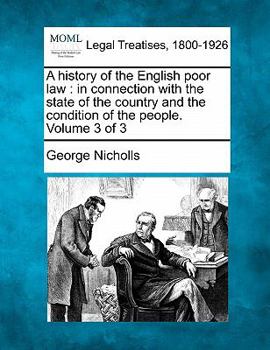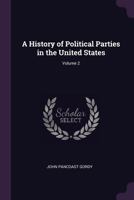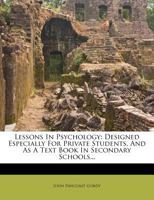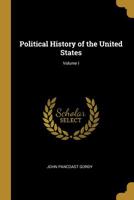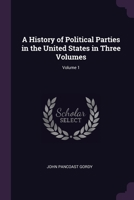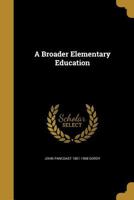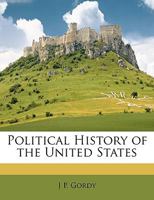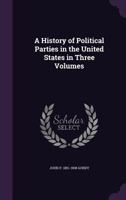A History of the English Poor Law: In Connection with the State of the Country and the Condition of the People, Volume 3
Select Format
Select Condition 
Book Overview
The Making of the Modern Law: Legal Treatises, 1800-1926 includes over 20,000 analytical, theoretical and practical works on American and British Law. It includes the writings of major legal theorists, including Sir Edward Coke, Sir William Blackstone, James Fitzjames Stephen, Frederic William Maitland, John Marshall, Joseph Story, Oliver Wendell Holmes, Jr. and Roscoe Pound, among others. Legal Treatises includes casebooks, local practice manuals, form books, works for lay readers, pamphlets, letters, speeches and other works of the most influential writers of their time. It is of great value to researchers of domestic and international law, government and politics, legal history, business and economics, criminology and much more.
++++
The below data was compiled from various identification fields in the bibliographic record of this title. This data is provided as an additional tool in helping to insure edition identification:
++++
Harvard Law School Library
CTRG97-B2497
Vol. 3 by Thomas Mackay. Includes index.
London: P.S. King, 1904. 3 v.: port.; 23 cm
++++
The below data was compiled from various identification fields in the bibliographic record of this title. This data is provided as an additional tool in helping to insure edition identification:
++++
Harvard Law School Library
CTRG97-B2497
Vol. 3 by Thomas Mackay. Includes index.
London: P.S. King, 1904. 3 v.: port.; 23 cm
Format:Paperback
Language:English
ISBN:1240133693
ISBN13:9781240133697
Release Date:December 2010
Publisher:Gale, Making of Modern Law
Length:638 Pages
Weight:2.47 lbs.
Dimensions:1.3" x 7.4" x 9.7"
More by John Pancoast Gordy
Customer Reviews
4 customer ratings | 4 reviews
There are currently no reviews. Be the first to review this work.










